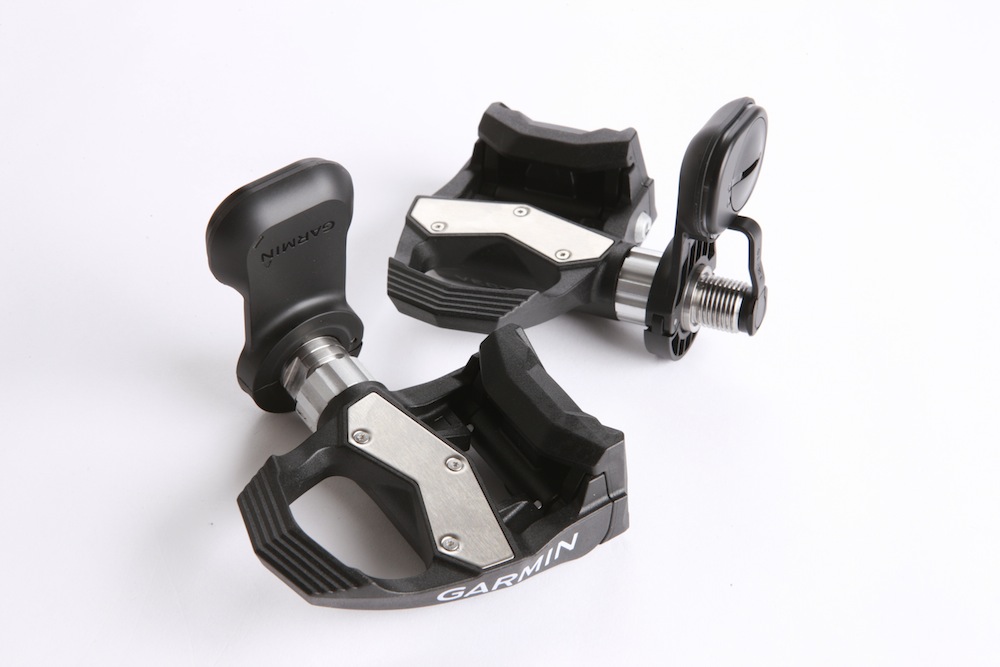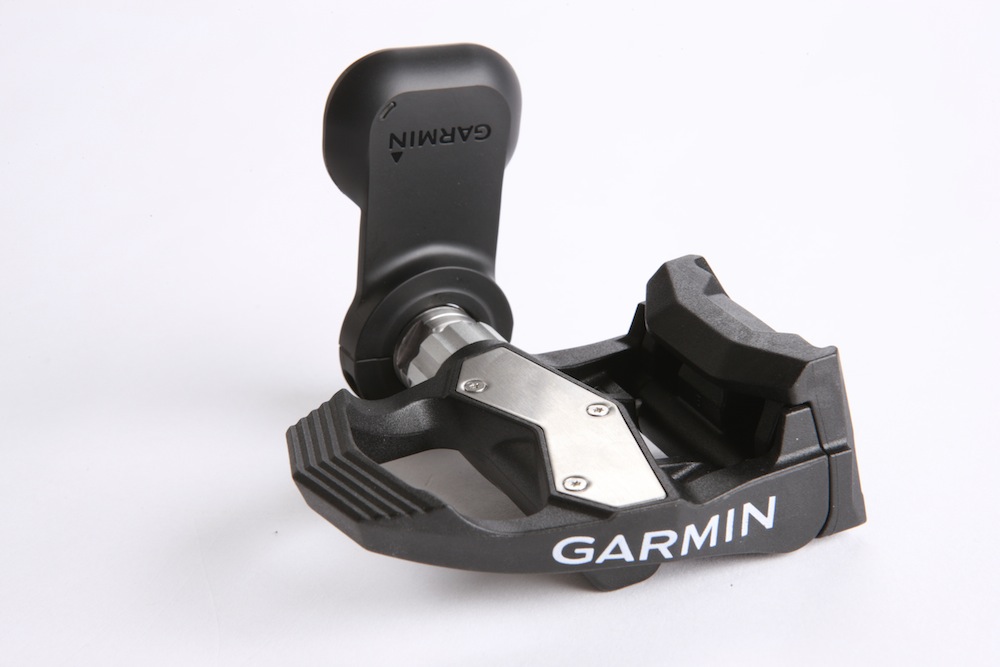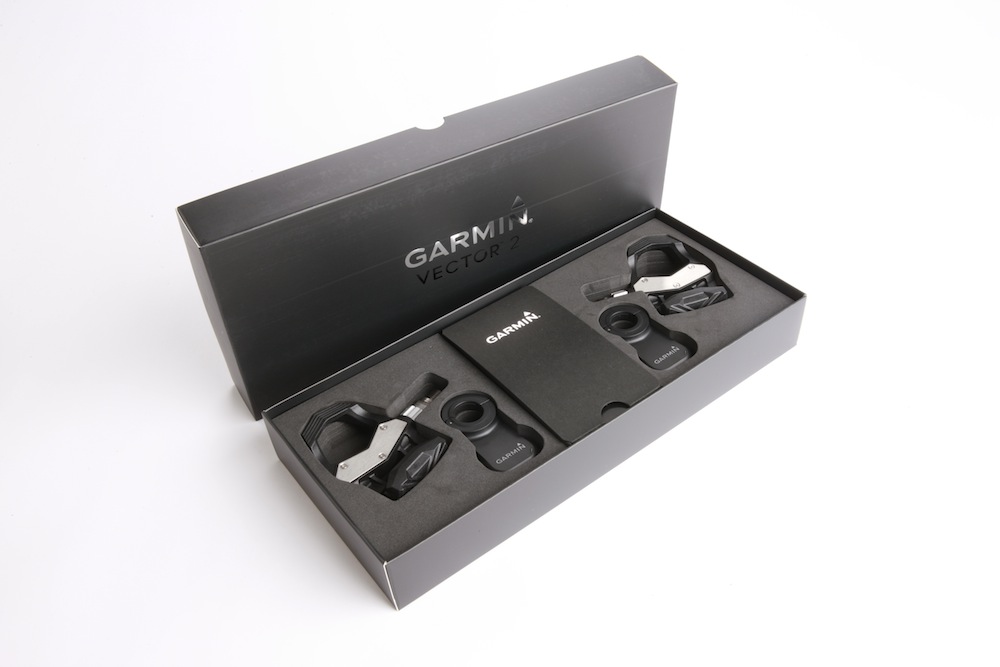Garmin Vector 2 review
Garmin Vector 2 is a dual-sided pedal-based power meter and update on the original Garmin Vector

Make sure you set the torque of your Garmin Vector if you want it to read accurately. The Garmin Vector 2 is an improvement over the Garmin Vector as the new pedal pods make installation far easier. The pedalling dynamics are potentially very useful when used with a Garmin head unit and so is the ability to swap between bikes. However, the similarly priced PowerTap P1 pedals are easier to swap between bikes, have better connectivity and are more robust in my experience.
-
+
Easier to swap between bikes than power meters in other locations
-
+
Dual sided
-
+
Pedalling analytics on your Garmin head unit
-
+
Supports Shimano and Look cleats
- +
- +
-
-
Torque-dependent installation
-
-
No Bluetooth connectivity
-
-
I would like it to be more robust
You can trust Cycling Weekly.
If you want to get the most out of your training, a power meter is the best tool to quantify your workouts. Currently, power meters can be placed in five key areas of a bike: The rear wheel hub, the bottom bracket/spindle, the chainrings, the crankarm and pedals – such as the Garmin Vector we have here. Each of these locations provides different advantages and disadvantages.
Pedal-based systems are easy to fit and swap between bikes, but can be less accurate owing to the complexity of the force measurement and being exposed, puts them at greater risk of damage.
Buy it now from Wiggle from £739.99

Being pedal based, the key advantage is portability between bikes. In the case of the Garmin Vector 2 this is easier than the with the original Vector because the pods are fitted after fitting the pedals and torquing them to 40Nm. However, this is much more of a fiddle than the non-torque dependent PowerTap P1 pedals since the Garmin requires special tools to achieve the precise torque settings. The tools required are a torque wrench and a crowfoot adapter. This is a significant disadvantage. Accuracy is decent, but will vary depending on the exact torque applied to the pedals when fitting them.
With left and right measurement Vector offers cycling dynamics analytics on your Garmin screen, which is potentially useful for honing your pedalling technique. It is also useful for spotting imbalances and giving more accurate data. Although Garmin Vector comes with Look-style pedals you can now update them to Shimano Ultegra pedals with a separate kit.
The latest race content, interviews, features, reviews and expert buying guides, direct to your inbox!
Watch - How to use your Power meter and do a Critical Power test
There are disadvantages to Vector. I question the durability of the pedals, especially the exposed pedal pods. I have broken pods, as have colleagues and plenty of our readers. Regarding connectivity, Garmin Vector is also only ANT+ and not Bluetooth, meaning connectivity to head units or smartphones is limited. Having tested many of the leading power meters, I can tell you it also makes updating firmware less convenient, as the easiest way to do this is via a smartphone app. PowerTap pedals are updatable with a phone app and it is easy to check that you're up to date.

I should stress, updating firmware is crucial for maintaining the accuracy of the product.
As with PowerTap P1, there is a less-expensive single-sided option that can be upgraded to dual sided at a later date. However, if your budget will allow for it, I would recommend the double-sided option, especially if you have had a history of single-leg injury.
If you are reading this then chances are you also considering the PowerTap P1 pedals. Both products are not perfect and warranty claims appear to be more common than I'd like. However, overall the PowerTap P1 is a better pedal-based power meter. Although slightly heavier than the Garmin Vector, I have found it to be more robust, to have better connectivity and it's far easier to install or swap between bikes.
Oliver Bridgewood - no, Doctor Oliver Bridgewood - is a PhD Chemist who discovered a love of cycling. He enjoys racing time trials, hill climbs, road races and criteriums. During his time at Cycling Weekly, he worked predominantly within the tech team, also utilising his science background to produce insightful fitness articles, before moving to an entirely video-focused role heading up the Cycling Weekly YouTube channel, where his feature-length documentary 'Project 49' was his crowning glory.